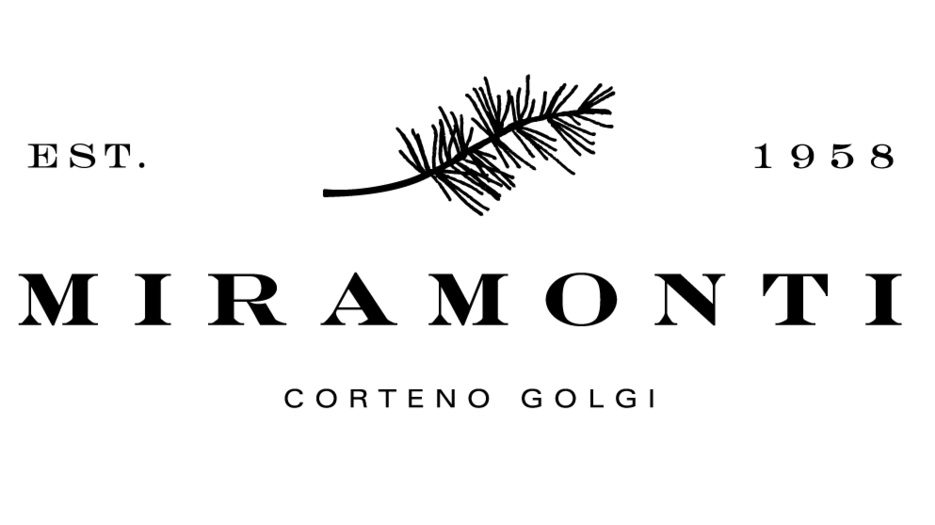Italian Alps & It's Alpine Animals
The Italian Alps are the home to an abundance of wildlife, some cute, some not-so-cuddly. If you make the most of our wonderful Surroundings on your visit to our Albergo Miramonti, then you can expect to catch a glimpse of the amazing Alpine animals that we share this breath-taking place with.
Chamois
Mountain Goats are a common sight when your exploring the Italian Alps but perhaps one of the most iconic of them is the Chamois. This is the only goat-antelope native to Europe! They’re expert climbers and can scale the rocky Italian mountains with great skill. These are a greedy bunch, as they tend to venture to the lower parts of the mountains in the hopes for feeding. They’re herbivorous creatures, so no need to be wary of them (I’m sure that goes without saying, they’re adorable!). They’re obvious distinctions make them easy to spot, just look out for their white facial markings, little dark horns and their brunette coat.
An Alpine Marmot Mooching in the Meadows.
Alpine Marmot
Here’s another cuddly creature for you. The Alpine Marmot may be one of the most loved animals in the Alps! These are not as common as the Chamois and you may have to go on a search for a site of the Marmot. They hibernate for 9 months of the year, it isn’t until Summer in the Alps, where snow has melted and the flowers are blossoming that they venture out of their homes. You will however hear the little critters, as they have an incredibly distinctive alarm call. They’re pros at digging burrows; they need to be to create dens in the frozen solid soil for their winter sleep. They belong in the squirrel family but they are not particularly fond of climbing trees. Instead they love mooching in the meadows, you will probably find them on the look out here, for any predators. Although they’re kind of shy, they’re not too fearful of the odd hiker passing by. So have your cameras at the ready to capture your sighting of the adored Alpine Marmot, to add to the collection of Great Travel Pictures we’re sure you’ll capture on your Alpine adventure.
Bearded Vultures
Now onto the not-so-cuddly of creatures. This is actually one of the predators that you may see the Marmot watching out for! The Bearded Vulture actually became temporarily extinct from the Alps, as it ventured to other parts of the world. There has been an ongoing international Bearded Vulture repopulation project, and it’s return to the Italian Alps is a positive sign for the species. This animal’s diet is made up of more than 80% of bones and bone marrow, it’s the only European Raptor with a diet like this. However, their young are not capable of digesting hard bones, so they feed on meat. This Raptor is one of the rarest in the whole of Europe, so you are one of few if you manage to spot this one!
Rare Sighting of a Grey Wolf.
Wolves
It is extremely rare that you will cross-paths with a Grey Wolf without the help of an expert wildlife guide. They were driven almost to extinction in the 20th century, due to excessive hunting. Since 1971, they have been under protected status in Italy. Anyone who illegally kills this creature will face up to one year in prison and a fine. A way to spot these animals is through watching the ground. Should you find yourself trekking through snowy conditions, look out for hefty paw prints left in a straight line (rather than a pair). There is a recent conflict with the growing population of Wolves and the local communities. There have been discussions of implementing a culling scheme (reduction of a wild animal population by selective slaughter). As you can imagine there is strong conflicting arguments as to whether this should happen or not.
Extremely Rare Sighting of a Brown Bear.
Brown Bears
Once a booming population, the European Brown Bear is now another exceptionally rare sight for hikers. They can weigh up to 350kg and reach a length up to 2.5m from their nose to their tail. Brown Bears are omnivores, so their diet consists of plants and meat. Whilst they do eat meat and fish, they’re plant and vegetable crazy as around 75% of their diet is plant based. They have powerful muscles and long claws built to help them dig up roots and tubers. To help the Brown Bear population grow once again in the Alps, the Life Ursus project was launched. A huge challenge that the project has faced is the fear and threat that bears cause to local communities and tourists. Facing a huge backlash, the project aims to change the public’s perception and promote the acceptance of the species.
If you spot any of these Alpine animals during your visit with us here at Miramonti, be sure to take a picture and tag us on our Instagram, so we can catch a glimpse too! Do not forget to be kind and respectful of these animals and their environment, it is their home after-all. Check out our blog, for tips on how you can make you Alpine Adventure one to remember!






